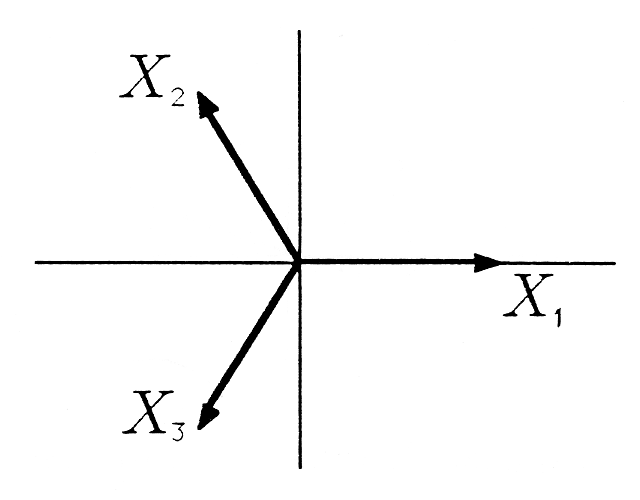| << Chapter < Page | Chapter >> Page > |
The electrical service to your home is a two-phase service.This means
that two 110 volt, 60 Hz lines, plus neutral, terminate in the panel. The linesare
π radians (180) out of phase, so we can write them as
These two voltages are illustrated as the phasors X 1 and X 2 in [link] .

You may use to drive your clock radio or your toaster and the difference between and to drive your range or dryer:
The phasor representation of this difference is
The breakers in a breaker box span the -neutral bus for 110 volts and the -to- buses for 220 volts.

Constant Power. Two- and three-phase power generalizes in an obvious way to N-phase power. In such a scheme, the signals ) are
The phasors are . The sum of all signals is zero:
But what about the sum of the instantaneous powers? Define the instantaneous power of the signal to be
The sum of all instantaneous powers is (see [link] )
and this is independent of time!

Notification Switch
Would you like to follow the 'A first course in electrical and computer engineering' conversation and receive update notifications?